Grenfell Tower inquiry: Government unaware of fire risk levels - minister
- Published
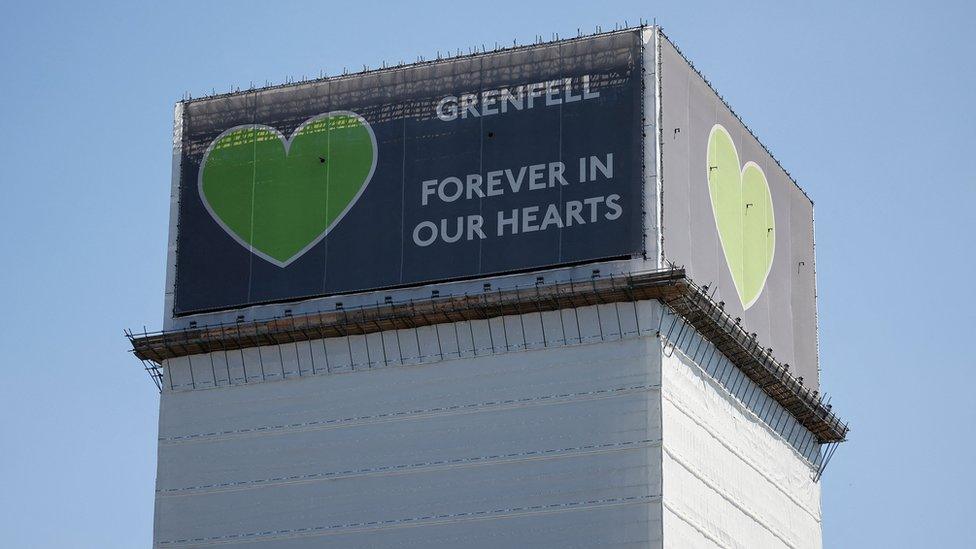
The former housing minister says he got the impression a review of safety guidelines was "not life critical"
At the time of the Grenfell Tower disaster the government had a "completely false picture of the level of fire safety" in England, a former housing minister has told an inquiry.
Lord Barwell said he had got the impression a review of safety guidelines was "not life critical" and the number of fires was falling.
Between 2013 and 2017 the government failed to simplify the guidance.
Seventy-two people died in the fire in the west London tower block in 2017.
Appearing before the Grenfell public inquiry on Tuesday, external, Lord Barwell, who was housing minister from 2016 to 2017, said he had not been briefed by his officials that there was a pressing issue, saying "no-one said it was life critical".
"The government had a completely false picture of the level of fire safety, but it wasn't just the government, it wasn't an issue being raised by the opposition," he said.
"I wasn't being asked about it in Parliament, I wasn't being asked about it by the media."
The peer said he had "gained a completely false situational awareness".
Government housing officials have said the pressure to remove regulations to ease the burden of red tape on the building industry was one of the reasons the guidelines were not simplified.
However, Lord Barwell insisted he did not put pressure on officials to cut red tape and, by the time he was a minister, it was not a priority.
"I would be horrified if any civil servant in that department was ever scared to come to me and say 'this is what I think you should be doing'," he said.
The initial report into the Grenfell Tower fire was published in October 2019, following the conclusion of the first part of the inquiry. It looked at the events of the night of the fire, focusing on the fire itself, how it started and spread, and the emergency response to it.
The second part is now examining the causes of these events, including how the tower block came to be in a condition that allowed the fire to spread.
In 2013 a coroner who was examining the deaths of six people killed in a fire at Lakanal House in south London in 2009 demanded changes to the guidelines for meeting building regulations.
During her investigation, Francis Kirkham said the guidelines were confusing, and the government needed to rewrite them to provide clearer advice about the risk of flames spreading on the outside of a building.
The government agreed to modify the key fire safety guideline, known as Approved Document B, by 2017, but over several years the project was repeatedly delayed, as a string of ministers came and went.
Lord Barwell blamed the failure of officials and his predecessors to realise that what the coroner was asking for was critical to "life safety", and couldn't be delayed.
As a result he agreed the review should become part of a longer-term, wider rewrite of the building regulations.
Despite repeated warnings from a group of MPs chaired by a fire safety expert, by April 2017 the changes still hadn't been made.
But by then Lord Barwell's attention was elsewhere. He was fighting the general election. He then lost his seat.
The failure of the government to deliver on its promise to the coroner meant that in the crucial years leading up to the Grenfell fire, the regulations were contradictory and confusing.
Industry figures, experts and campaigners say this was a cause of the disaster.
One clause allowed the use of cladding panels, rated Class 0, on buildings taller than 18m (59ft), despite them being combustible.
Another attempted to ban combustible materials on tall buildings but didn't specifically refer to cladding.
Many involved in the refurbishment or construction of residential tower blocks failed to understand this meant combustible cladding could not be used, the inquiry has been told.
The inquiry continues.

THE GREATEST BOXER IN HISTORY: The incredible life of Muhammad Ali...
THE BEST AT BEING BAD: Celebrating the British actors are who so good at being bad

Related topics
- Published31 March 2022
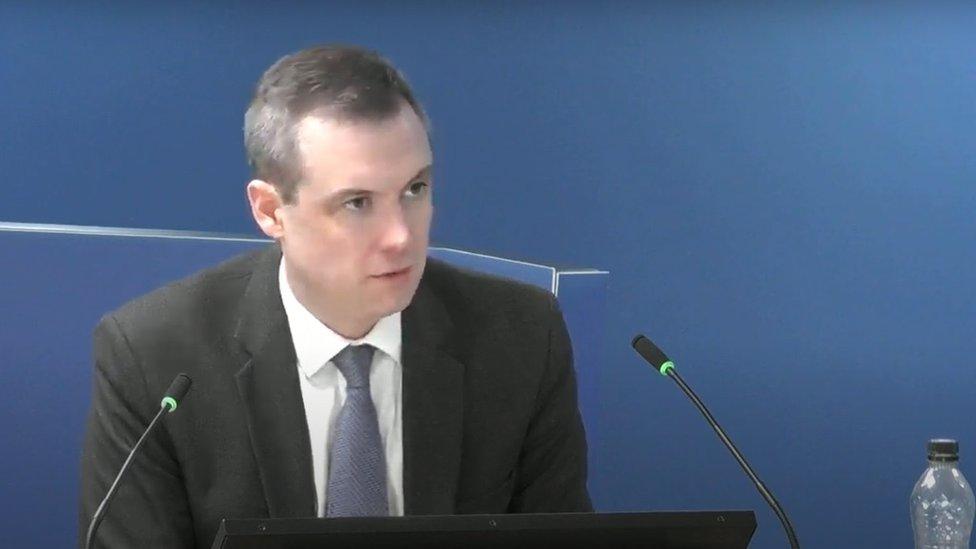
- Published14 June 2020
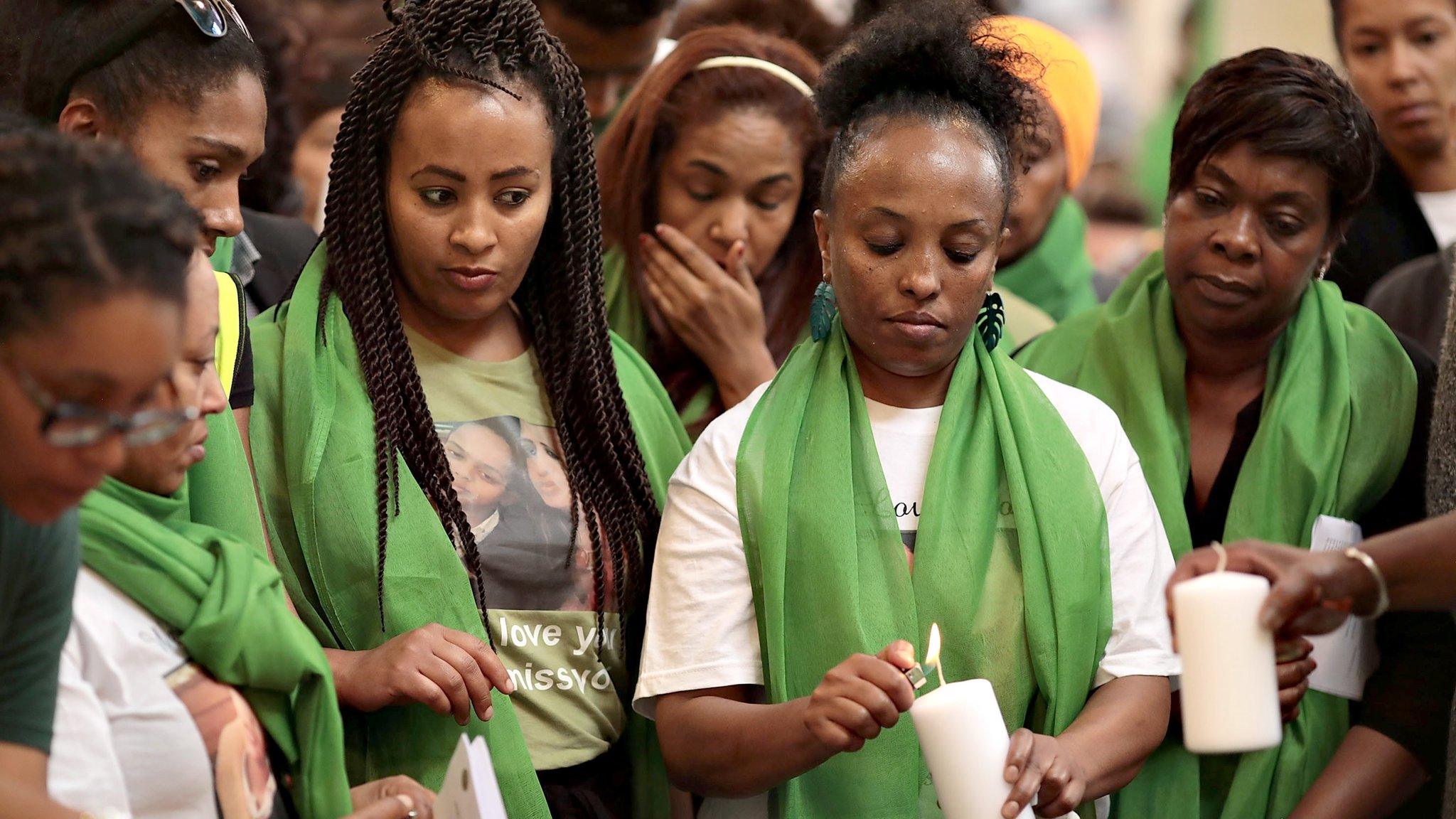
- Published18 May 2018
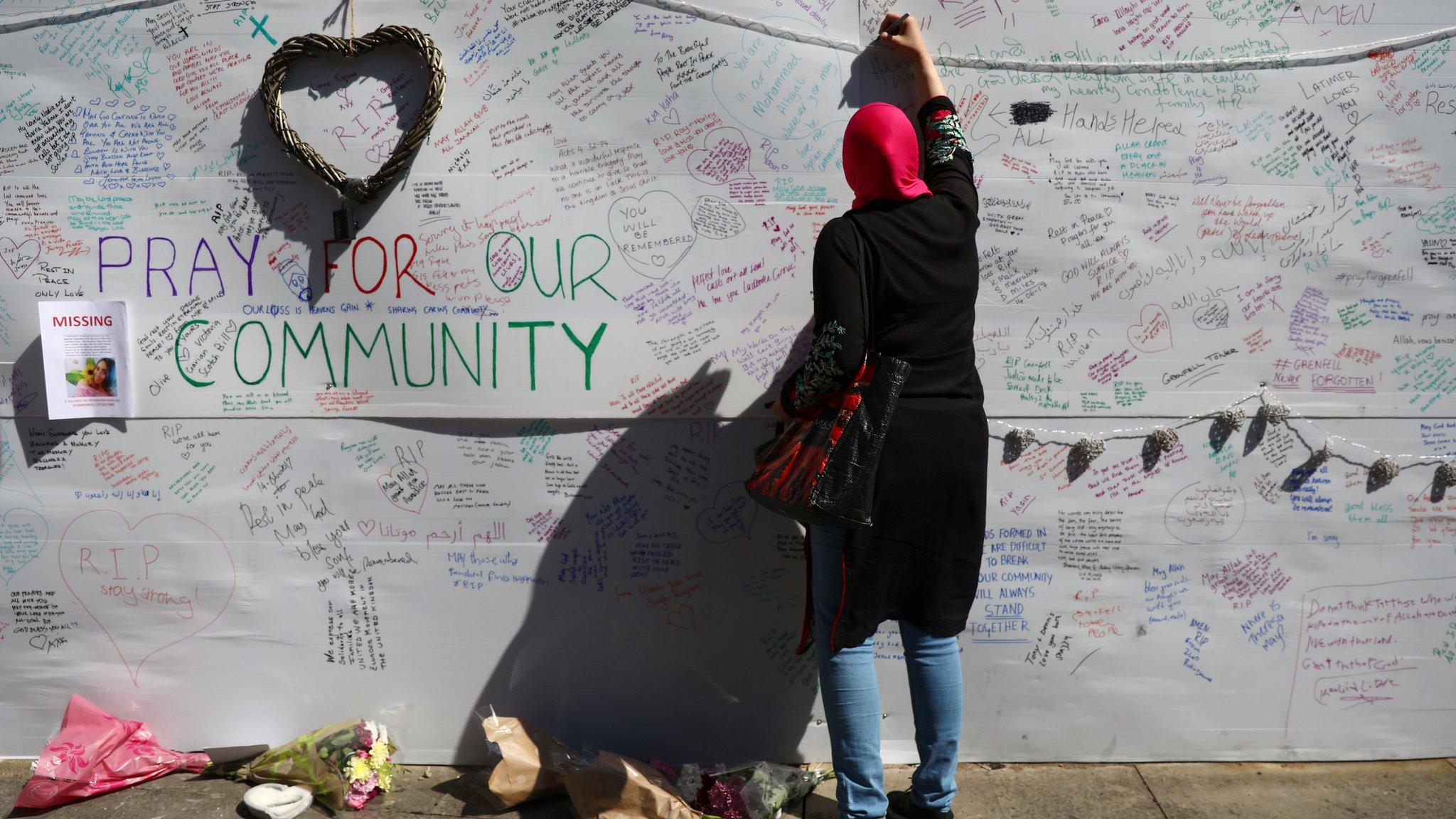
- Published30 March 2022
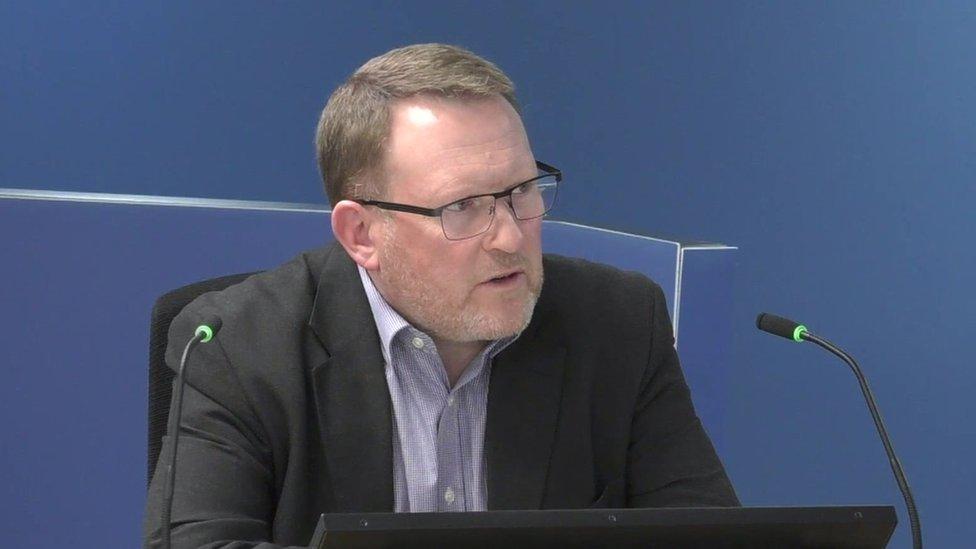
- Published30 October 2019